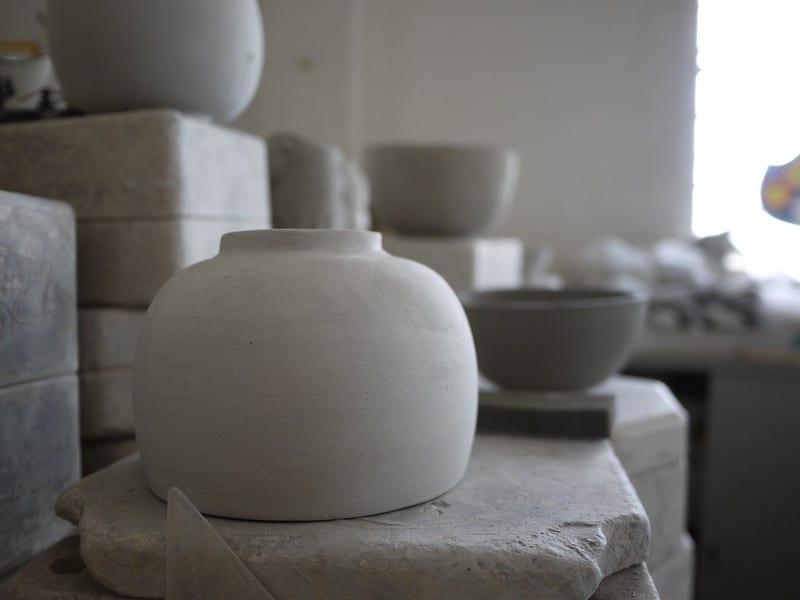Crafting and DIY are great ways to express your creativity and give yourself a hobby to do. Whether you are looking for something new, or you’ve been using chalk paint for a long time, you are probably wondering what you will be able to use this paint on.
Chalk paint is becoming increasingly popular for DIY crafts and it’s easy to see why. The paint is easy to use and can stick to just about any surface. You might have seen it used on furniture, cabinets, even glass. But one burning question that needs answered is whether the paint can be used on ceramic material.
So will chalk paint stick to ceramic? Luckily, the answer is yes. You can use chalk paint and it will easily stick to ceramic products. This is a super easy and inexpensive way to decorate and DIY. The best part is the ceramic can be either glazed or unglazed and the paint will stick just fine.
Does Chalk Paint Stick to Porcelain?
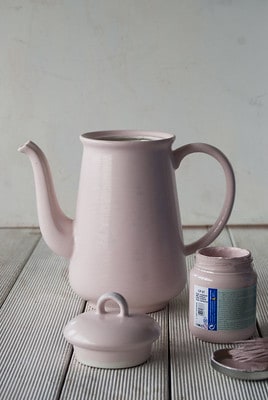
Just like chalk paint can stick to ceramics, it can stick to porcelain. It might seem difficult to paint on super slick surfaces like porcelain, but there is a trick. You need to keep your layers thin and avoid putting too much paint on your paintbrush at one time. It is also recommended to not try too hard.
My favorite and top pick is always Rust-Oleum Chalk Paints. They have so many different colors, and the quality is amazing! I usually use Rust-Oleum Paints for all chalk paint my projects.

This means it is best to apply very thin coats and don’t overwork your brush strokes. The more you try to cover any bare spots with your first coat, the more likely you are to mess up the texture of your piece. Instead of trying to cover all the spots at once, apply additional coats.
The best thing you can do is apply one coat and leave it alone until it is completely dry. If you try to add more layers while the first layer is still wet, you will just keep picking up paint and creating more bare spots. It is highly important that you don’t rush the project.
How Do You Chalk Paint Ceramics?
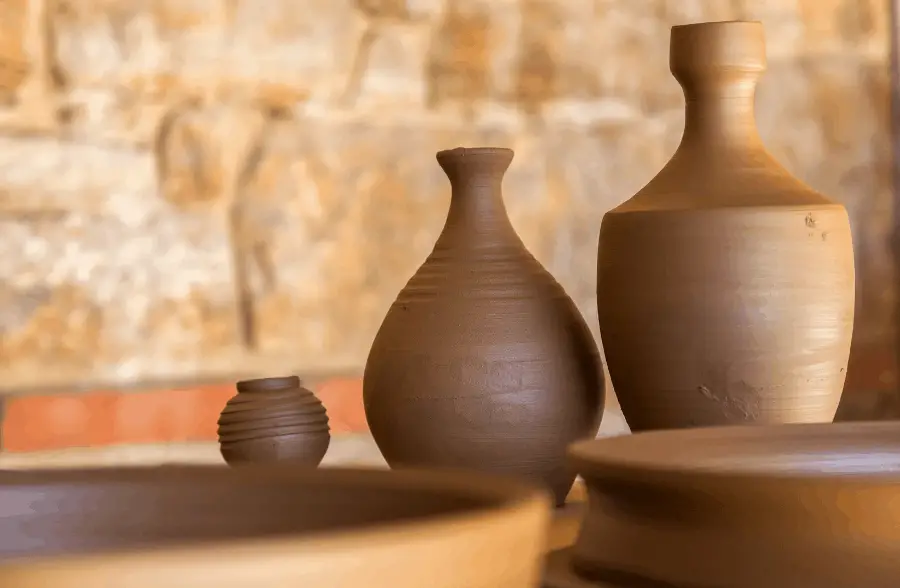
Painting ceramics with chalk paint is incredibly easy. First, you need to clean the ceramics. This is arguably the most important step. The surface needs to be cleaned and rid of grease, dust, and any other debris that might be stuck to it.
You can use vinegar and water to clean the ceramics, or you can use soap and water. Either way, wipe down the ceramic material with a clean microfiber cloth and make sure it is completely dry before you start painting.
When your ceramic object is clean and dry, you will want to tape off any part of the object that you don’t want paint to get on. For example, if you don’t want any paint to get on the inside of your piece, you will want to tape around the top of the inside to prevent it. You can also tape different spots to create a design.
When you have your ceramics taped, you can begin painting. You will want to apply the chalk paint in very thin layers. Cover the entire surface as much as possible, but don’t try to fix any bare areas on your first coat. Also, if your object has corners, keep your brush strokes slow to prevent paint flicking.
Recommend using these Chalk and Wax Paintbrushes for your chalk paint project. The brushes should always be natural bristles, and this set comes with a wax brush as well.

After you have finished applying the first coat of paint, leave it completely alone. Do not try to fix any mistakes or try to go back and add paint to areas that are too thin. Let the first layer dry for at least an hour before you go in and add a second layer.
As your first coat dries, it will look streaky. Don’t let this worry you as this will go away when you add the next layer. Repeat this process until you are happy with the opacity of the paint. Make sure you give each layer enough time to dry before adding the next coat.
Can You Use Chalk Paint on Ceramic Tiles?
Chalk paint can be used on ceramic tiles, but it is important to consider where in your house the tiles are. The chalk paint won’t hold up as well in some conditions.
For example, if you paint your bathroom tile the paint will have the tendency to peel when exposed to excessive moisture. It is recommended to only paint dry tile areas such as the living room or dining room.
You can also get creative and paint individual decor tiles with chalk paint. These tiles also make great personalized gifts for friends and family.
Why is My Chalk Paint Not Sticking?
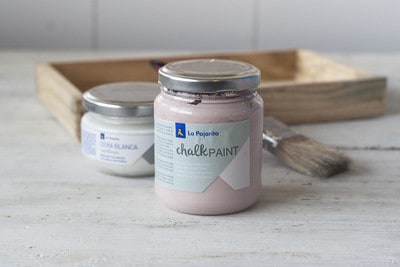
If the paint is not sticking, it is possible that there is dust on the surface that you can’t see. Take some time to clean the object again and make sure it is completely clean. If you want, you can even try to lightly sand the object to give the paint a little bit of texture to hold on to. I recommend using a fine-grit sandpaper to gently sand down the surface.
You will also need to make sure that you are applying your coats as thin as possible. If you paint too thick, it will be too heavy on the object and won’t stick to the surface as easily. Paint with very, very thin coats and make sure you give each coat plenty of time to dry before adding another one.
If you are trying to paint over an object that has previously been painted, there is a potential that you didn’t get all of the previous paint off before you started adding the new paint. If this is the case, remove all of the previous paint with the help of sandpaper and try again.
How Many Coats of Chalk Paint Should I Use?
For most projects, you will get the right coverage in two coats. However, not all projects are created equal, and two coats might not satisfy you. If you want to add more coats, you absolutely can. There is no right or wrong answer when it comes to how many coats of chalk paint you add to your object.
Do I Need to Seal Chalk Paint?
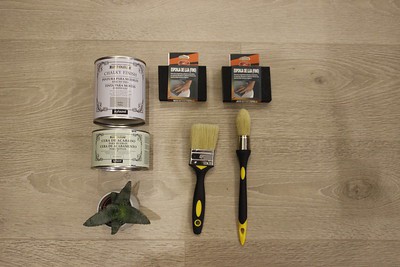
Sealing chalk paint is not necessary, especially if you are planning on writing on it when the paint is dry. Adding a sealant to the paint can make the color appear darker and can impact how the writing looks when the project is finished.
Not sealing your chalk paint will not alter the outcome of your final product. When you are finished, that is how your artwork will always look. The downside to this is there is less protection to your artwork, and it can become scratched.
If you do want to seal your chalk paint, it is recommended to use polycrylic or polyurethane. Polyurethane is clear and oil-based that is extremely durable. Polycrylic is a water-based version of polyurethane. Neither of these coats will yellow, but they may impact the final color of the chalk paint.
For a sealer, you can either use a spray sealer, or a brush-on one. If you are covering a small area or one with a lot of corners and hidden creases, then I would use the spray on sealer. If you are covering a whole wall or a larger item, then the brush on one is ideal.

You also want to make sure you have the right type of paintbrushes for the polycyclic sealer. These Minway Manway Paintbrushes are the ones I would go with, especially if you are also using the sealers I mentioned above.

Final Thoughts
Chalk paint is quickly rising in popularity as more people are learning how easy it is to use. If you want to use chalk paint on a ceramic piece of work, it is possible and very easy. You need to make sure you add the paint in thin layers to prevent the paint from dripping or not sticking to the surface.
Chalk paint doesn’t require a primer or a sealer, making it incredibly easy to use. Adding a sealant can alter the color of your paint, and you might not want this. If you want to add a sealant on top of the chalk paint, you can use polycrylic or polyurethane for the best results.
Make sure to follow all my tips and recommended products to ensure your chalk painted ceramic turns out great. Also, don’t forget to check out my other articles for all your painting Q&A’s. Happy painting!

